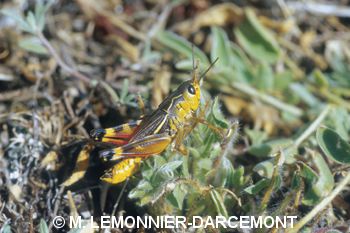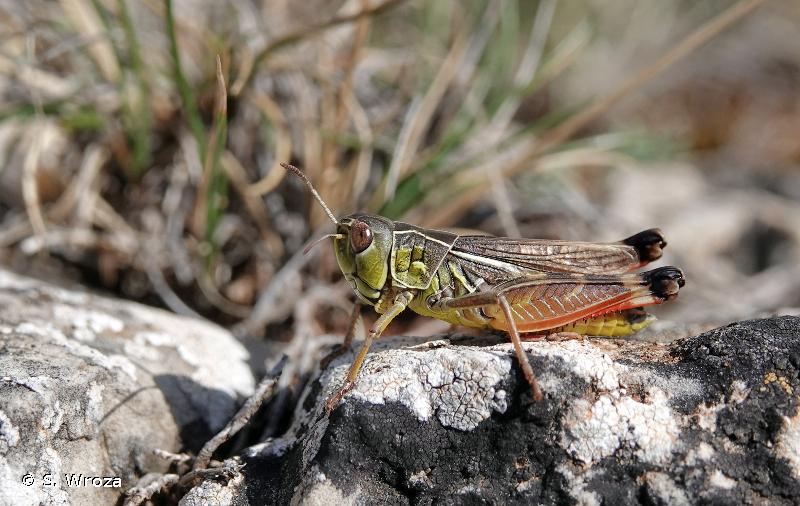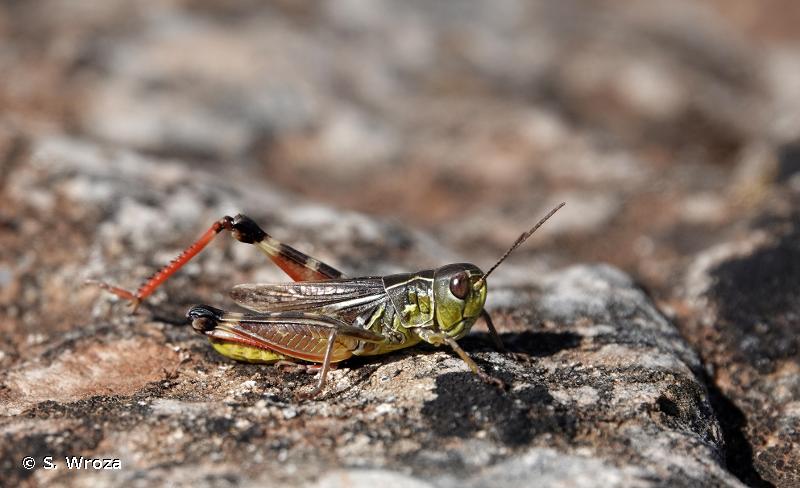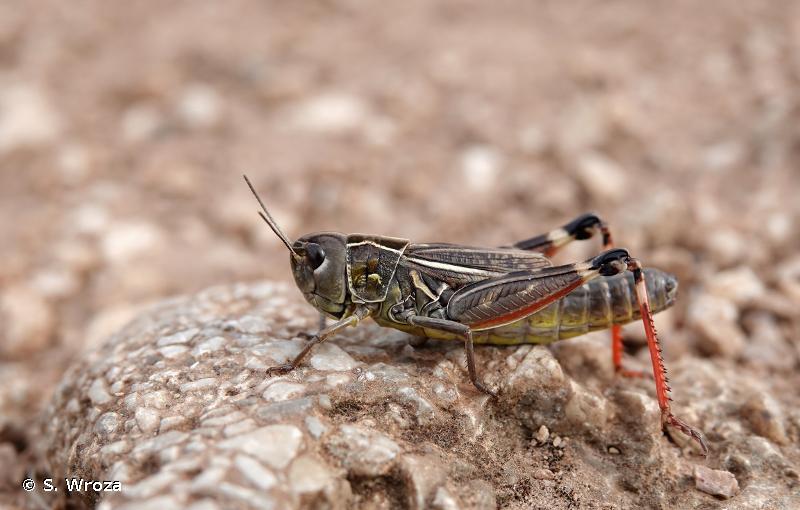
cd_nom

| Author : M. Lemonnier-Darcemont |
 |
To get the picture, please visit:
Madame Michèle LEMONNIER-DARCEMONT
Hameau de Saint-Donat 2B
240, chemin du Vignaou
83440 Callian
Any reuse of one or more photographs on this site is subject to an authorization request from the author.
Link to the Code of Intellectual Property (Legifrance)

| Author : S. Wroza |
 |
Despite the Creative Commons license, please inform the author of the use which will be made of his photo

| Author : S. Wroza |
 |
Despite the Creative Commons license, please inform the author of the use which will be made of his photo

| Author : F. Dusoulier |
 |
To get the picture, please visit:
François Dusoulier
email: inpn@mnhn.fr
Observation partagée via l'application INPN Espèces
Any reuse of one or more photographs on this site is subject to an authorization request from the author.
Link to the Code of Intellectual Property (Legifrance)

| Author : S. Wroza |
 |
Despite the Creative Commons license, please inform the author of the use which will be made of his photo

| Author : S. Wroza |
 |
Despite the Creative Commons license, please inform the author of the use which will be made of his photo

| Author : S. Wroza |
 |
Despite the Creative Commons license, please inform the author of the use which will be made of his photo
Ce criquet est de couleur fondamentale vert olive à brune, variée de jaune. Contrairement aux autres arcyptères, cette espèce présente des ailes bien développées dans les deux sexes, en dépit de son nom scientifique trompeur.
Taille : mâle : 19-22 mm, femelle : 24-29 m.
Espèce eurasiatique, la sous-espèce micropterasemble disparue de France mais est présente à la frontière franco-suisse et pourrait être recherchée.
La sous-espèce carpentieri, élément endémique des Grands Causses languedociens, est restreinte à la France.
Ce criquet est un hôte des milieux steppiques. Les adultes se montrent souvent dès le mois de mai et se maintiennent jusqu'en septembre.
La stridulation consiste en une succession d'accents durant environ 4 à 6 secondes. La phrase commence par des accents brefs et grinçants, et se termine d'ordinaire par un accent plus long et chuintant, dont la sonorité évoque un éternuement.
[Bellmann H., Luquet G., 2009. Guide des sauterelles, grillons et criquets d'Europe occidentale. Delachaux et Niestlé, Paris, 383 p.
Chopard L., 1951. Orthoptéroïdes.Collection Faune de France – 56. Paul Lechevalier, Paris, 359p.
Voisin J.-F. (coord.), 2003. Atlas des Orthoptères (Insecta : Orthoptera) et des Mantides (Insecte : Mantodea) de France. Patrimoines Naturels, 60 : 104 p.]
Braud J.(),2014
Continental
Metropolitan France
Overseas
Marine
Metropolitan France
Overseas
The map presents a summary at the 10 x 10 km grid of the observation data for the species transmitted to the SINP. These data have been subjected to validation filters.
The map presents a reference distribution layer of the species at the scale of departments and marine sectors. The presence and absence data were established by expertise within a network of partners. This reference distribution is used in the validation process of the SINP data at the INPN level.
Corresponds to a report on the basis of at least one observation proved within a period of 10 years (20 years for little-known invertebrates) preceding the year and no presumption of extinction since obtaining the last data nor doubt on reproductive and implemented nature of this population. For migratory species, the presence indicated concerns areas of reproduction.
This status is based on one or more of the following criteria:
This point covers the absence, more difficult by nature to demonstrate than presence. This status is based on one or more of the following criteria:
This status must be assigned to a department in which the presence of the species is casual.
Particular case of absence due to a proven extinction less than a half century ago (older disappearances are treated as "no probable or definite").
In the state of knowledge, we can not comment on the presence or absence in the current department. This is the default status when not comprised in one of the previous categories or whenever there is doubt.
The map shows the global distribution of the species based on GBIF data (Global Biodiversity Information Facility).
